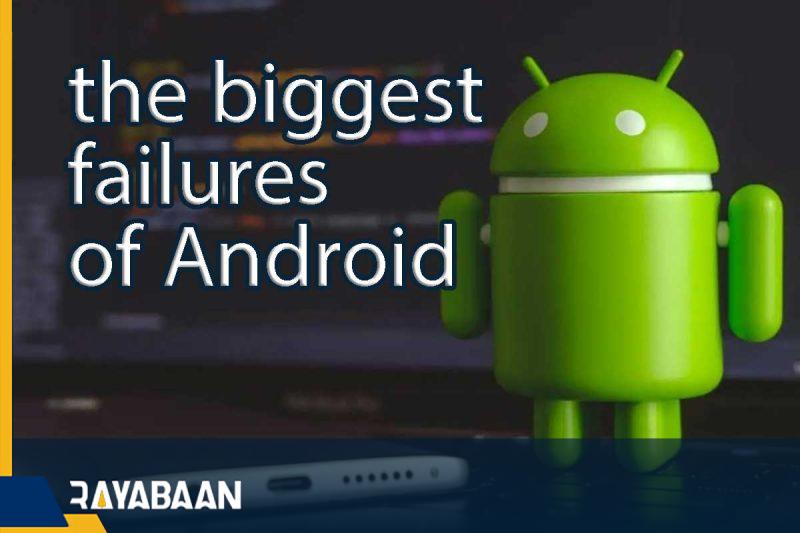A look at the biggest failures of Android; From Amazon Fire Phone to Google’s Ara project
Among the biggest failures of Android, we can mention Essential Phone, Google Glass augmented reality glasses, and HTC Facebook phones.
Producing a new gadget and launching a successful product is not an easy task and many companies fail in this direction. Of course, sometimes these failures can lead to the production of a wonderful product. However, in this article, we want to go to 12 gadgets that ultimately failed; Of course, these products have a common feature: the Android operating system!
The biggest failures of Android
Unlike the meticulously designed iOS, Android is an open operating system, tempting Android device manufacturers to take risks and try to create innovative conceptual technologies.
Of course, some risks in the field of designing Android gadgets have had good results. 4K video recording, which was introduced for the first time in the Acer Liquid 2 phone, is one of these risks. The fingerprint sensor, which became one of the most important pieces of equipment used in phones after being used in the Motorola Atrix phone, is another one of these successful risks; But some efforts and initiatives, contrary to being attractive, have failed; Even some of Android’s biggest failures have been more interesting than successful technologies in this area; From modular phones to Google Glass. For this reason, it is definitely worth taking a brief look at such failures.
1. Amazon Fire Phone
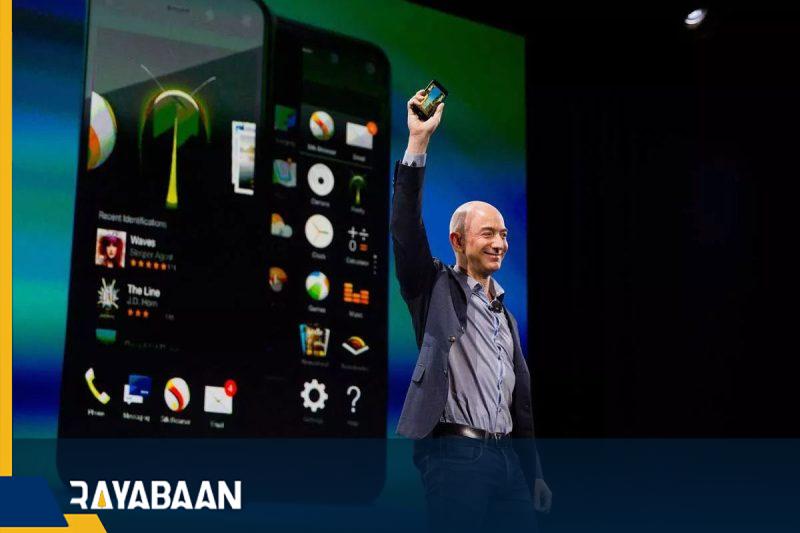
Amazon tried to find a good position in the phone market with the release of the Amazon Fire Phone, But it failed badly. Amazon launched this phone with the same purpose as Kindle, a gadget designed for reading e-books and other digital documents. In fact, Amazon hoped that people would be encouraged to buy more Amazon products by buying this digital reader to enter the company’s software ecosystem. This is the reason for the relatively low price of Kindle devices. Amazon wanted customers to buy Kindles cheaply and then constantly pay to buy digital books from Amazon.
Amazon Fire was not cheap at the time of its launch at $650, which was much more than the price of the iPhone 6. Although this phone had a 3D display without the need for glasses, which was considered its most prominent feature and was an attractive and fun feature (this display displayed the images captured by the phone’s camera in 3D); But contrary to the opinion of Jeff Bezos, who believed that such a screen is necessary in the phone, its existence was not so necessary.
Amazon Fire Phone’s lack of value to buy compared to its competitors and some issues related to the phone’s technologies that bothered people caused it to fail. The unique 3D display of this Amazon product could not save it either.
2. Earl Survival Tablet
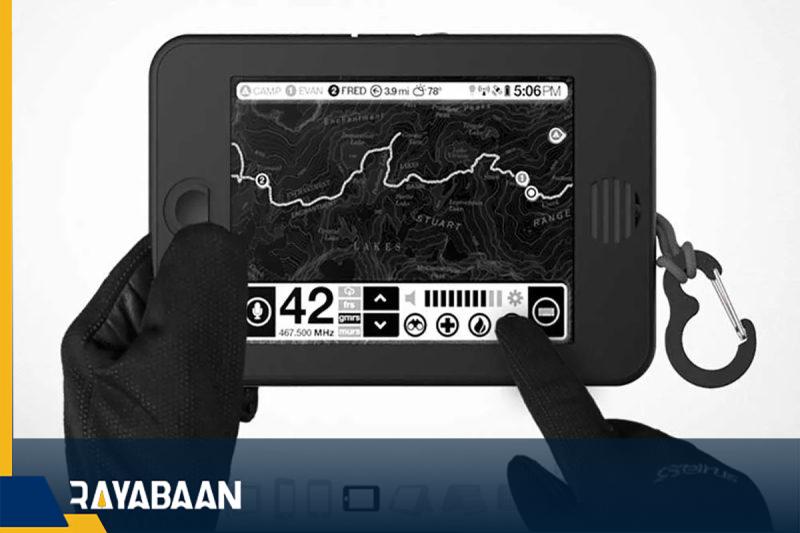
At first, it seemed that this tablet is a necessary device for naturalists in pristine areas; Because its display with electronic ink has high resolution even under strong sunlight and its battery consumption is not high. These two features of the Earl Survival tablet display made it a good option for viewing and checking digital maps.
On the other hand, to increase the battery life of this tablet, an internal solar panel for charging was also installed in it. For this reason, it was considered a suitable tablet for a long nature trip. Also, this device supported GPS routing and two-way radio communication without the need to connect to a mobile antenna.
The Earl Survival’s durable and waterproof body protected it from damage such as falling over rocks or falling into a lake. Users of this tablet could easily use it with gloves thanks to its infrared touchscreen support.
Earl Survival created a lot of buzz after its introduction and many people pre-purchased it. Sqigle inc launched the Earl Survival tablet with a massive effort and a (now-defunct) website, but the device was slowly forgotten.
3. Project Ara Google
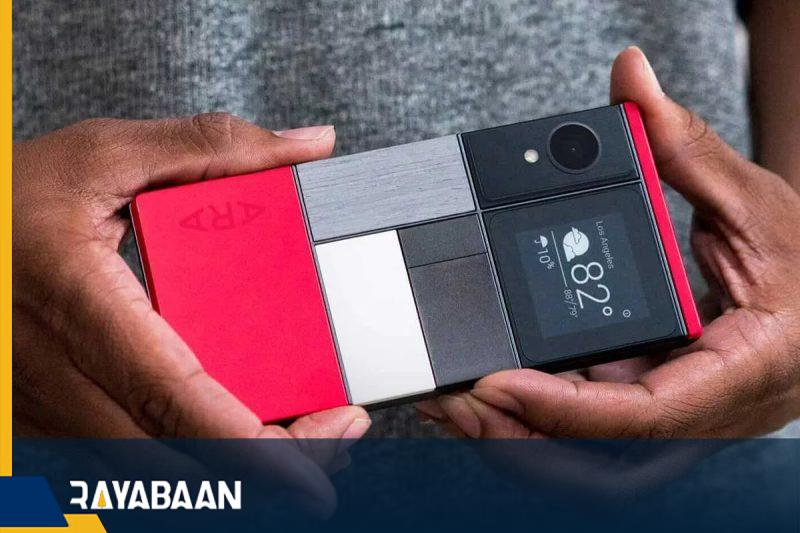
According to the report of the International Electrical and Electronic Equipment Forum, in 2022 people will throw away 5.3 billion phones; That is, an unimaginable amount of raw materials are either thrown into buckets, left around or placed in the corner of the drawers. E-waste is such a big problem that Google’s Ara project could solve the problems associated with it or even provide solutions for recycling it.
Project Ara, which can be considered one of the biggest failures of Android, was a modular phone in that users could upgrade the camera, processor, and other parts; So with this phone, there was no need to buy a new phone.
Also, if it were possible to replace different parts of the phone and add new parts to it as a module, a large amount of electronic waste would be reduced. Google’s modular phone technology could make it possible for the middle class of society with not very high income to benefit from new hardware technologies in the phone field without spending money.
Although after the start of the Ara project, promising modular concept phones such as Spiral 2 (Spiral 2) were introduced and demonstrated (Spiral 2 was also introduced by Google), such phones could not bring Ara to fruition and make usable modular phones possible.
Issues related to phone durability and people’s lack of acceptance of modular phones have made the possibility of designing and producing promising modular devices, as well as the realization of dreams that can be fulfilled through these phones, unlikely.
4. Ouya game console
If you wanted to buy a game console in 2012 and couldn’t afford expensive Microsoft, Sony, and Nintendo consoles and their games, Oya was a good option for you. This small Android game console was only $100. Oya also promised that users can play all the games released for this console for free for a while to try. This product was a great success in the marketing phase and 8.6 million dollars was collected in the funding campaign on the Kickstarter site.
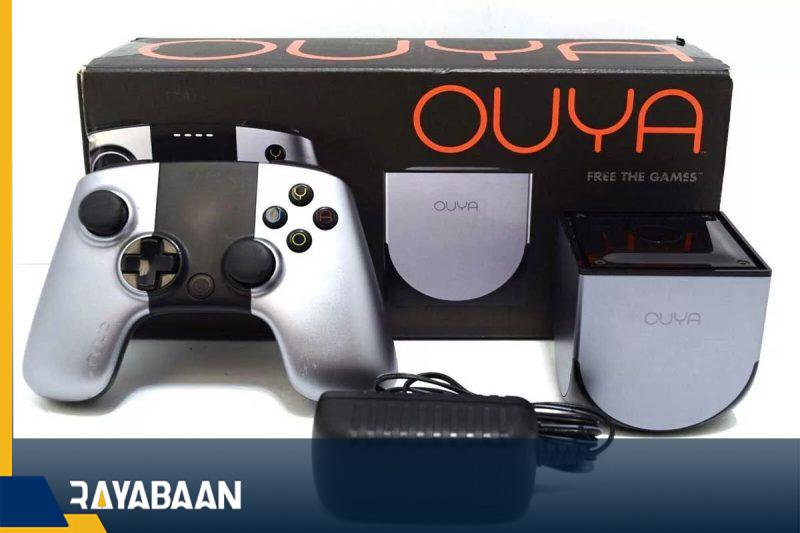
If you wanted to buy a game console in 2012 and couldn’t afford expensive Microsoft, Sony, and Nintendo consoles and their games, Oya was a good option for you. This small Android game console was only $100. Oya also promised that users can play all the games released for this console for free for a while to try. This product was a great success in the marketing phase and 8.6 million dollars was collected in the funding campaign on the Kickstarter site.
After Oya was sent to reviewers and then backers, one problem after another became apparent. The wireless handle of this console was of poor quality and its software and user interface also had many problems. The hardware design of the console itself was extremely problematic and needed to be revised.
Many problems made Oya only able to create a few high-quality exclusive games for its console; Because the company’s insistence on trying games for free discouraged the developers of each game and the console store was filled with low-quality games. Numerous mistakes caused the loss of customers’ trust in Oya, and the provided solutions could not solve the problems.
5. Energizer P18K phone
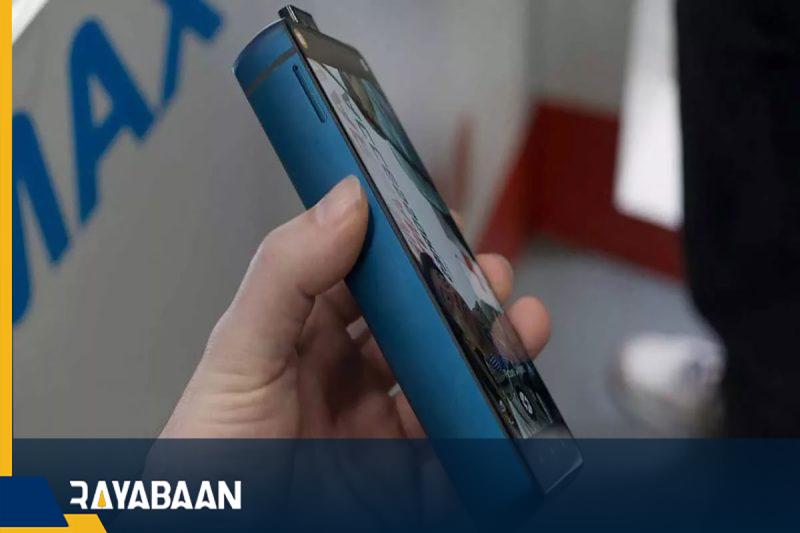
Would you like the battery life of your phone to be several days, weeks, or months and its capacity to be several times the capacity of current batteries? Energizer company released the P18K phone with a capacity of 18000 mAh with a battery life of 50 hours without charging once. Phone users could use this phone as a power bank to charge their other devices.
Other prominent features of this phone include a pop-up selfie camera with a dual camera system and a triple rear camera. The P18K was affordably priced, and at the time it was respectable to have such features in a budget phone; But the high capacity and battery life of this phone, which was considered its distinguishing feature, failed to attract attention.
The P18K’s large size and heavy weight deterred many potential customers from choosing it. In the funding project for P18K on Indiegogo, which started with the goal of raising $12 million, only about $1,500 was raised, which was a big failure for the company considering the prominence of the Energizer brand. Maybe if Energizer had designed a smaller phone that still had good battery life, it wouldn’t have failed like this and we wouldn’t have seen one of the biggest Android failures.
6. Polaroid iM1836 camera
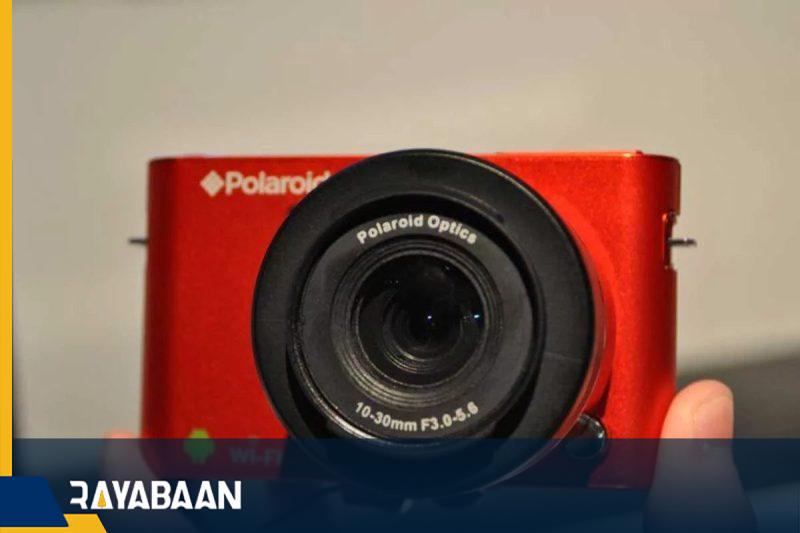
Pleuride is known for its fast-printing photographic cameras, and sometimes also produces digital cameras. The iM1836 camera was one of this company’s efforts to make a mirrorless camera with interchangeable lenses, But it never reached the hands of the photographers. The main problem of this camera was that it was very similar to the Nikon model 1 system camera, which took Pleuride to court and the company suffered a hard defeat in court. Because of this, the company had to cancel the project completely.
Now, based on the news about the Pleuride iM1836, this camera may never be released to the public. Verge, a reliable website, has explicitly warned users not to buy it in the initial review of this camera.
In the initial reviews of Pleuride iM1836, it has been determined that this camera has interesting features, one of which is the presence of an internal camera sensor in each of the lenses. The camera body also has a camera sensor; So the Pleuride iM1836 could be used with a variety of other lenses in addition to the side lens that Pleuride intended to produce for this camera.
Of course, the pre-production model of this camera is so large that there have been doubts about whether it can be modified to become a usable product. If this Pleuride camera was released, it would have tough competition with its competitors from bigger brands.
The System One camera, which is very similar to the iM1836, was also not a success. If Nikon hadn’t made it, there might have been little hope for the iM1836 peroxide.
7. HTC Facebook phones
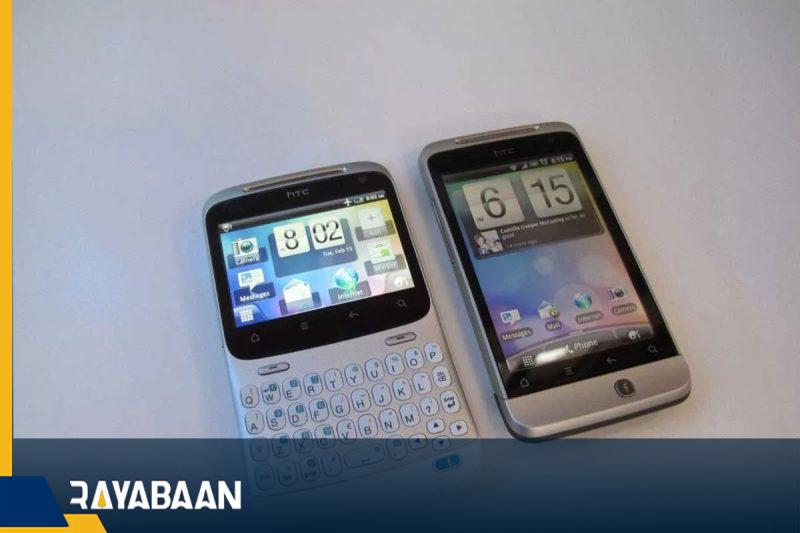
Talking about gimmicks like ridiculously large batteries and a holographic display is interesting and entertaining, to say the least. Advertising gimmicks like extra buttons that only make access to applications a little faster and have no other use are not a cool idea and an outdated design. Samsung realized this by designing a dedicated button for the Bixby voice assistant; Of course, because the Samsung phone with this button was a very good product, this defect was ignored; But none of HTC’s Facebook phones succeeded.
The ChaCha and Salsa phones were launched with mediocre hardware and a dedicated Facebook button, which had become controversial. Facebook’s dedicated button made posting on the Facebook wall a little faster. The combination of this button (which most users didn’t want) and the disastrous Facebook Home skin with the Android operating system made Facebook phones unpopular despite Facebook spending so much money to make them popular.
Facebook HTC phones were released in 2013; But despite spending millions of dollars on advertising and heavily discounting them by mobile operator AT&T, only 15,000 of these phones were sold. For this reason, the supply of Chacha and Salsa phones was stopped immediately. Therefore, it can be said that the failure of Facebook HTC phones is one of the most expensive and biggest failures of Android.
8. Google Glass augmented reality glasses
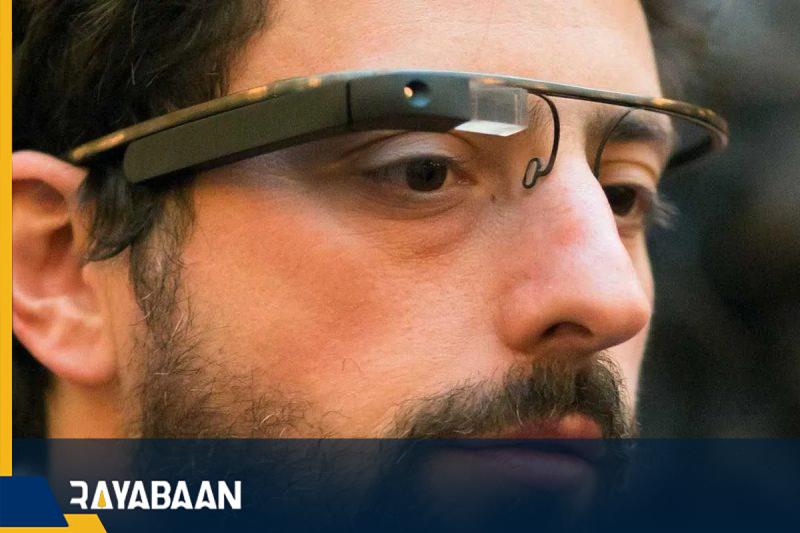
In the early 2010s, it seemed very likely that smartphones would be replaced by computer glasses for a period of time. At that time, according to experts, the future definitely belonged to Google Glass augmented reality glasses and the news about this gadget-filled all the media.
Also, celebrities were trying Google Glass. Even the name of this device was included in the list of the best innovative gadgets of the year by Time magazine. This amazing Google device has been featured many times in magazines and TV shows.
Google Glass was a wearable Android smart gadget equipped with a head-mounted display that could perform many of the tasks supported by smartphones, just like a phone. This display had interesting functions such as making calls, using GPS for navigation, taking pictures, and many other functions. To use the Google Glass display, users did not need to look down and touch the screen.
On paper, Google Glass seemed like a unique gadget; But its troubled launch and widespread media attention exposed the flaws of what was essentially just a prototype to a large number of users. This gadget was full of bugs at the time of launch and had terrible battery life. That’s why it got very low scores from reviewers.
In addition, the device equipped with a camera scared many people who were worried about the violation of their privacy; Because secretly filming with Google Glass was easily possible. All these issues caused unmeasured and hasty reactions to this device. Finally, many law enforcement agencies banned its use altogether. For this reason, Google Glass failed badly and its name was included in the list of the biggest failures of Android; Of course, it was not completely forgotten; Because doctors still use this device as a hands-free monitor.
9. RED Hydrogen One phone
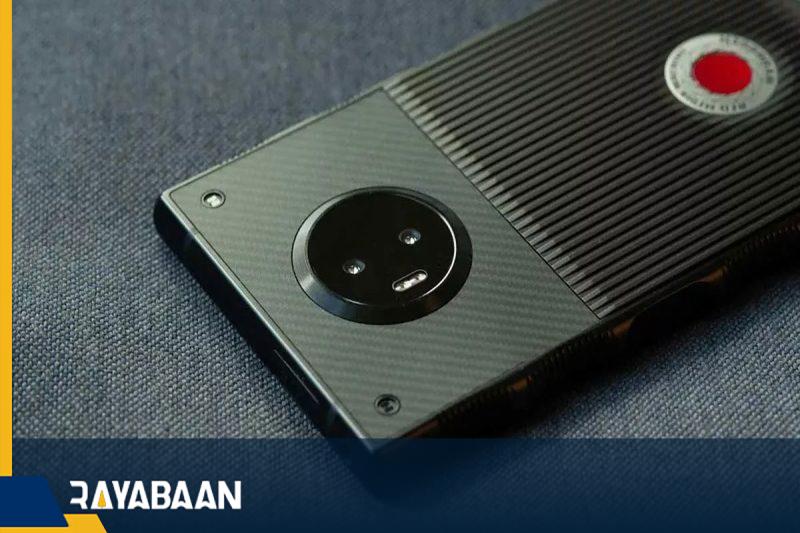
When one of the kings of the cinema camera industry decided to launch its high-end Android phone, naturally, the level of expectations for this phone increased. RED’s promise of a Red Hydrogen One phone with powerful hardware, unique design, 3D holographic display, and support for interchangeable modules made this phone completely in the spotlight. Photographers also speculated that RED would also produce a camera module for its phone to allow it to be attached to professional camera lenses.
But the Red Hydrogen One phone did not match the promised product at all, and the device that was introduced and released was literally disastrous and disappointing and had several disadvantages; From the disappointing holographic display and little 3D content to the old hardware due to the phone being delayed by a year.
As a phone with a base price of $1,300, the Red Hydrogen One was by no means a standard device. Worst of all, the promised modules for this phone were not produced at all. Red Hydrogen One phone had other defects. That’s why anyone who bought it would really regret it; Of course, RED promised to fix all the defects of its phone and the first people who buy it will be rewarded in some way; But after the cancellation of the Hydrogen Two project and the entire hydrogen project, it became clear that all these commitments were just empty promises.
If we check again the events related to the release of the Red Hydrogen One phone, we will find that this phone fell into the same trap that the Amazon Fire Phone fell into after its high-profile entry into the mobile market; But instead, the makers of these two phones focused on basic features, timely delivery, and modular camera system. The modular camera system could really set Red Hydrogen One apart from other phones.
10. Camera L16
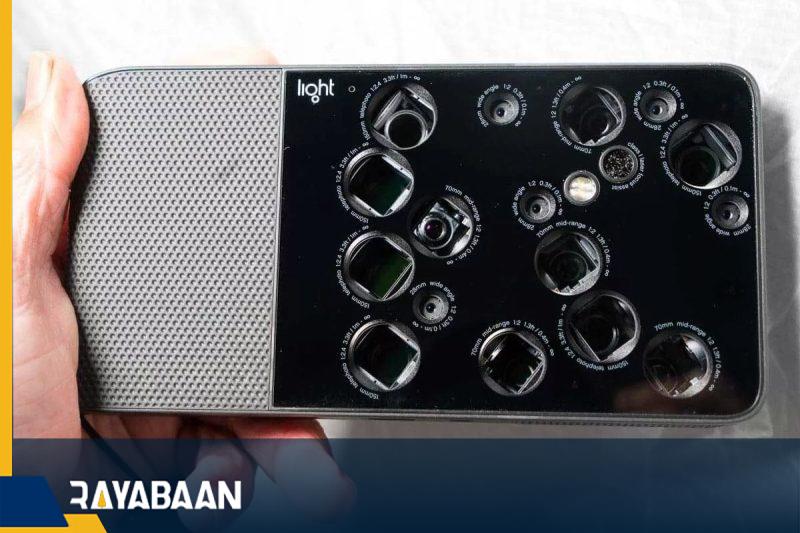
The L16 Camera was a strange compact camera with very large dimensions, in which there were many lenses in an almost random and frightening arrangement. The purpose of making the L16 camera was to revolutionize photography with an attractive and innovative idea. Even a few years after the creation of the L16 Camera, the company that made it announced that it is working on the idea of making a phone equipped with a camera with multiple lenses.
In fact, the makers of this device had introduced it to the market as a pocket DSLR camera. Instead of taking one photo at a time and displaying the photo to the user immediately, this camera took 16 photos at the same time with lenses whose focal lengths were very different from each other and presented all of them in the form of a large image that the user could Manipulate it in different ways.
At $2,000, the L16 was not a cheap machine and had to prove it could replace DSLRs and mirrorless cameras equipped with large sensors as well as large single lenses.
The L16 camera was not a successful product after its release, and it was not an easy task to fix the disadvantages of such a camera that was launched on the market with many defects.
Of course, the performance of the L16 Camera in bright environments was completely acceptable; But it performed poorly in low-light environments. The camera software also had many flaws and had not been worked on at all. Many of the lenses on this camera were not at all suitable substitutes for common professional lenses, and it was clear that the L16 was going to fail. Light, the company that makes the L16 camera, is trying to make up for this bad failure.
11. Essential phone
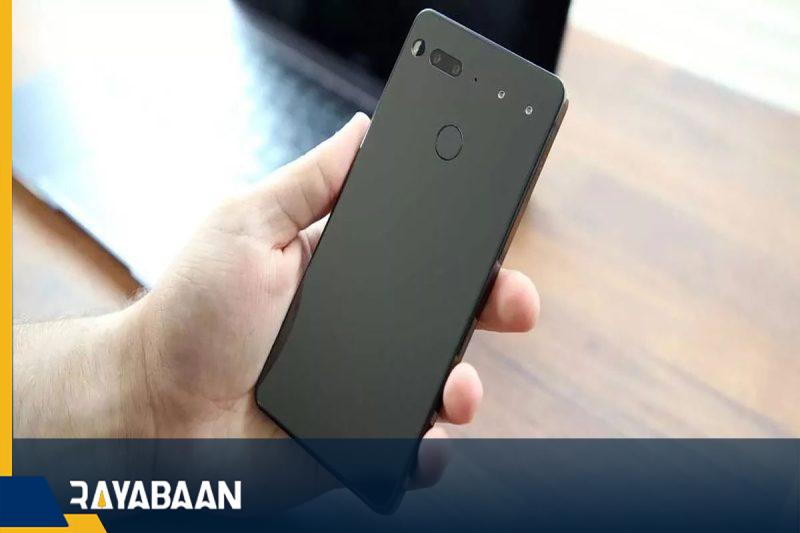
Andy Rubin, one of the co-founders of Android, designed and launched the Essential Phone. This phone was designed with the aim of competing with the giants of the mobile manufacturing industry, and the opinions about it were positive; Of course, even though it was a leader in many areas at the time with its bezel-less display, in order to succeed, it had to win over a number of customers, which it failed to do.
After the failure of the Essential Phone project, which was one of the biggest failures of Android, Andy Robin tried to try her luck again with a much weirder phone that was introduced under the name Project GEM.
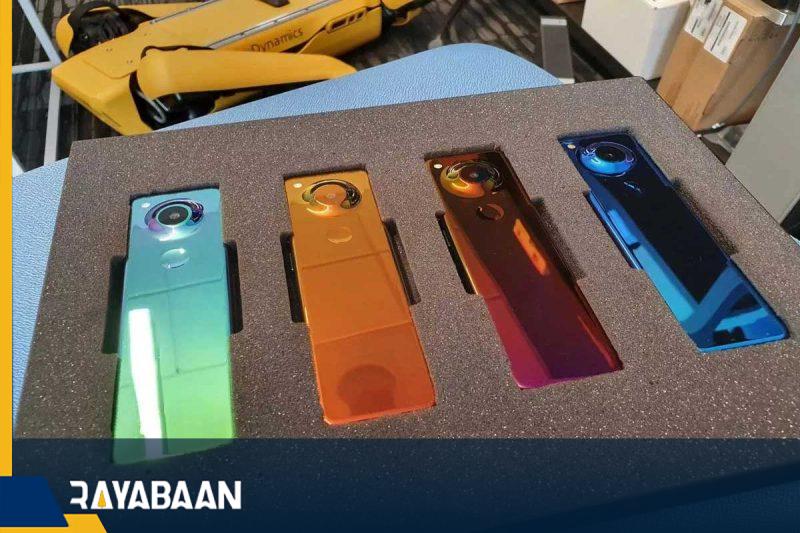
This phone was long and narrow and looked like a TV remote control. This beautiful and attractive product attracted the attention of many people due to its slimness. The Jem project had a comfortable form factor and for that reason it was easily held in the hand; Of course, the manufacturer of this phone had to stop it before releasing the Jam project. Unfortunately, the Essential project did not have the necessary features to succeed.
12. Royal Flex Pie
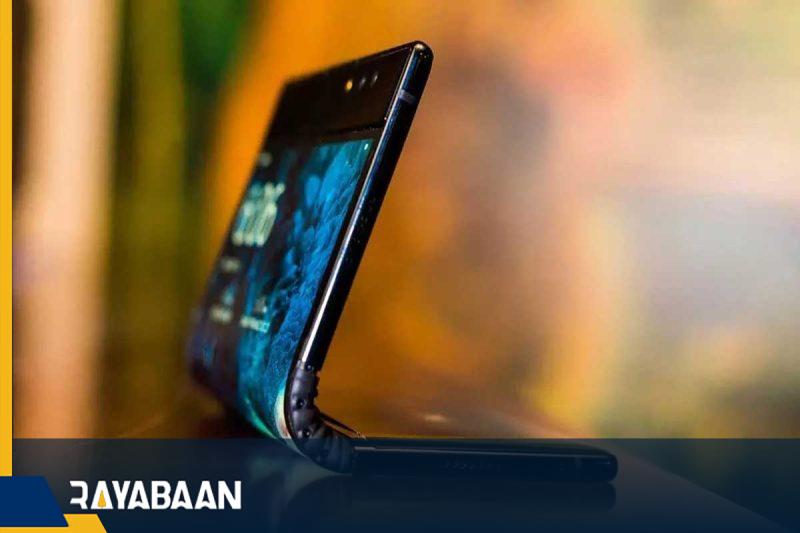
Being the first product in the market with the promise of new technology is not a guarantee of its success; Even if the desirable nature of that technology is such that it can attract people’s satisfaction. Royal Flex Pie was the first commercial folding phone released in the market, But it was sold only in China and it did not have a positive effect on people. Although this phone was undeniably attractive, it was a large product and not very usable. It also had a low-quality display.
Logically, the Royal Flexpai seemed to sell very well, but after a while, the Flexpai 2 was also released in China, which was better received by customers thanks to its improved design (of course, this phone was also big). ).
The new design of Flex Pi 2 made it possible for people to fold the phone into a rectangle and hold it comfortably. Unlike the first model, the FlexPi 2 did not look like a wedge after folding, which was a very bad form factor. The quality of the Royal Flex Pi 2 display was significantly improved compared to the first model.
The main camera of the phone also had a competitive lens arrangement, which was at least competitive with the arrangement of the camera lenses of the phones of that time. Rumors related to the release of Flexpai 3 (Flexpai 3) along with its images have been published on the Internet, But it seems that this phone will never be officially introduced and released.
What projects and devices do you think are the biggest failures of Android?
Frequently asked questions about the biggest failures of Android
- What is the biggest failure of Android?
It’s difficult to pinpoint the single biggest failure of Android, as there have been various issues and vulnerabilities over the years. However, some notable failures include the Stagefright vulnerability, which affected almost a billion Android devices, and the slow adoption of security updates by many Android manufacturers.
- What caused the Android Stagefright vulnerability?
The Stagefright vulnerability was caused by a flaw in Android’s media playback engine, which allowed attackers to execute arbitrary code on a target device by sending a malicious MMS message. The vulnerability was particularly concerning because it could be exploited without any user interaction, making it a “zero-click” exploit.
- How did the Android Master Key vulnerability occur?
The Android Master Key vulnerability occurred due to a flaw in Android’s digital signature verification process, which allowed attackers to modify the code of legitimate apps without invalidating their signatures. This meant that attackers could potentially install malware on a device by exploiting the vulnerability.
- What was the impact of the Android Marshmallow update failure?
The Android Marshmallow update failure was a problem for some users who were unable to install the update due to issues with their devices or carrier restrictions. This meant that some users were left without important security updates and new features.
- What is the Android Gingerbread memory leak issue?
The Android Gingerbread memory leak issue was a problem where the operating system would gradually use more and more memory over time, which could lead to performance issues and app crashes. This issue was fixed in later versions of Android.
- What was the problem with the Android 4.3 Jelly Bean update?
The Android 4.3 Jelly Bean update had a few issues, including a bug that caused the phone to crash when trying to connect to a Wi-Fi network, and a problem with the “Tap and Pay” feature not working correctly.
- How did the Android KitKat SD card restrictions cause problems?
The Android KitKat SD card restrictions caused problems for some users who were unable to write to the SD card on their device, which limited their ability to save files or install apps. This was a significant change from previous versions of Android, which allowed users more flexibility with their SD card storage.
- What was the issue with the Android Lollipop update and battery life?
The Android Lollipop update had some issues with battery life, with some users reporting that their battery was draining quickly or that the device was overheating. This was due to a number of factors, including changes to the way the operating system managed background processes.
- How did the Android Nougat update cause problems with Bluetooth?
The Android Nougat update caused problems with Bluetooth connectivity for some users, with issues such as audio skipping or Bluetooth devices disconnecting unexpectedly. This was due to changes in the way the operating system handled Bluetooth connections.
- What was the issue with the Android Oreo update and app compatibility?
The Android Oreo update had some issues with app compatibility, with some older apps not working correctly on the new operating system. This was due to changes in the way the operating system handled certain functions, such as background processes and notifications.
- How did the Android Pie update affect battery life?
The Android Pie update had some issues with battery life, with some users reporting that their battery was draining more quickly than usual. This was due to changes in the way the operating system managed background processes and power usage.
- What was the problem with the Android Q beta release?
The Android Q beta release had some issues with stability and compatibility with certain apps, which caused some users to experience crashes or other issues. This was expected with a beta release, as it was not yet a finished product.
- How did the Android R beta release affect app compatibility?
The Android R beta release had some issues with app compatibility, as some older apps were not compatible with the new operating system. This was due to changes in the way the operating system handled certain functions, such as background processes and permissions.
- What was the issue with the Android S beta release and stability?
As Android S is a future release and has not been officially released yet, it is not possible to comment on any stability issues that may arise. However, beta releases are often expected to have some issues with stability and compatibility.
- How did the Android WebView vulnerability impact users?
The Android WebView vulnerability allowed attackers to execute arbitrary code on a target device by tricking the user into visiting a malicious website. This vulnerability affected many Android devices and could be exploited without any user interaction.
- What was the problem with the Android Accessibility Service vulnerability?
The Android Accessibility Service vulnerability allowed attackers to perform a variety of malicious actions on a target device by exploiting the Accessibility Service. This vulnerability could be used to steal data or perform other malicious activities.
- How did the Android FakeID vulnerability occur?
The Android FakeID vulnerability occurred due to a flaw in Android’s digital signature verification process, which allowed attackers to create fake digital certificates that could be used to install malware on a target device.
- What was the impact of the Android Installer Hijacking vulnerability?
The Android Installer Hijacking vulnerability allowed attackers to replace a legitimate app with a malicious version during the installation process. This vulnerability affected many Android devices and could be used to install malware or steal data.
- How did the Android TowelRoot vulnerability affect devices?
The Android TowelRoot vulnerability allowed attackers to gain root access to a target device by exploiting a flaw in the Linux kernel. This vulnerability could be used to install malware or perform other malicious activities.
- What is Google doing to address these Android failures and vulnerabilities?
Google regularly releases security updates and patches to address known vulnerabilities in the Android operating system. They also work with device manufacturers to ensure that updates are released in a timely manner. Additionally, Google has implemented a number of security features in recent versions of Android, such as app sandboxing and Google Play Protect, to help protect users from malware and other threats.
In this article, we talked about “the biggest failures of Android” and we are waiting for your experiences to use these methods. Please share your thoughts with us.

